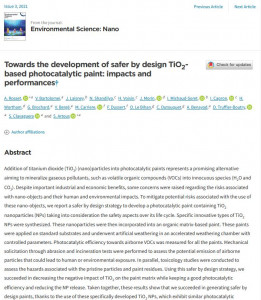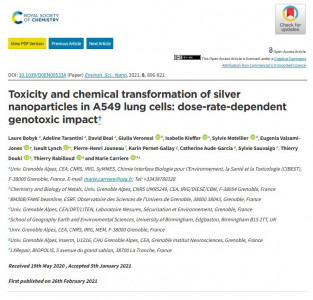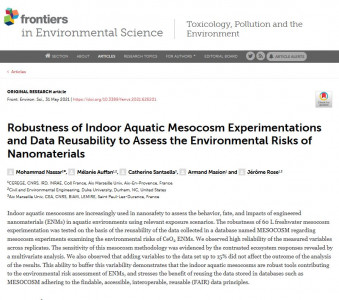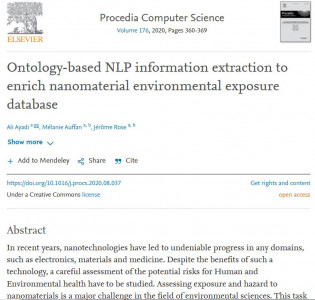Article on "Harmonizing across environmental nanomaterial testing media for increased comparability of nanomaterial datasets" by Geitner Nicholas. K, Hendren Christine Ogilvie, Cornelis Geert, Kaegi Ralf, Lead Jamie R, Lowry Gregory V, ... & Wiesner Mark R. (2020)
Abstract:
The chemical composition and properties of environmental media determine nanomaterial (NM) transport, fate, biouptake, and organism response. To compare and interpret experimental data, it's essential that sufficient context be provided for describing the physical and chemical characteristics of the setting in which a nanomaterial may be present. While the nanomaterial environmental, health and safety (NanoEHS) field has begun harmonization to allow data comparison and re-use (e.g. using standardized materials, defining a minimum set of required material characterizations), there is limited guidance for standardizing test media. Since most of the NM properties driving environmental behaviour and toxicity are medium-dependent, harmonization of media is critical. A workshop in March 2016 at Duke University identified five categories of test media: aquatic testing media, soil and sediment testing media, biological testing media, engineered systems testing media and product matrix testing media. For each category, a minimum set of medium characteristics to report in all NM tests is recommended. Definitions and detail level of the recommendations for specific standardized media vary across these media categories. This reflects the variation in the maturity of their use as a test medium and associated measurement techniques, variation in utility and relevance of standardizing medium properties, ability to simplify standardizing reporting requirements, and in the availability of established standard reference media. Adoption of these media harmonization recommendations will facilitate the generation of integrated comparable datasets on NM fate and effects. This will in turn allow testing of the predictive utility of functional assay measurements on NMs in relevant media, support investigation of first principles approaches to understand behavioral mechanisms, and support categorization strategies to guide research, commercial development, and policy.









